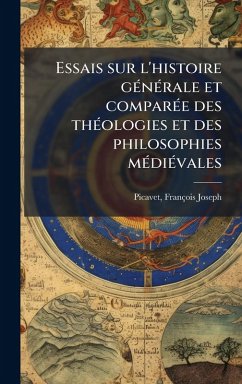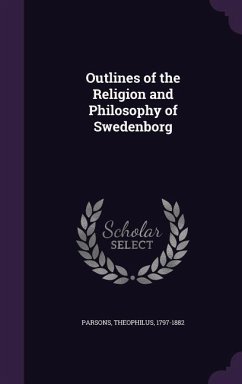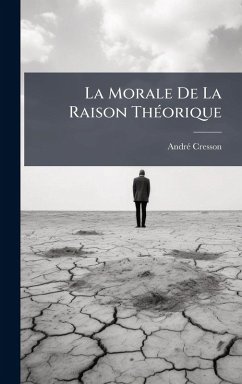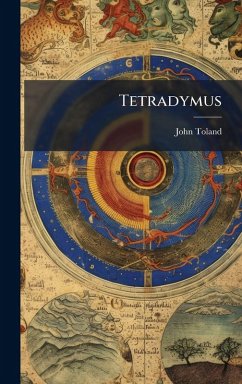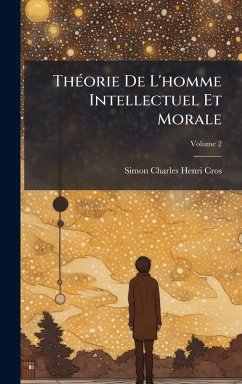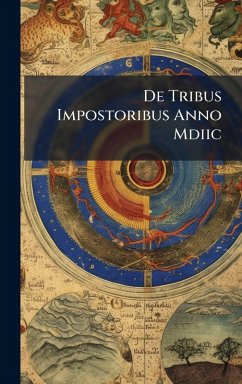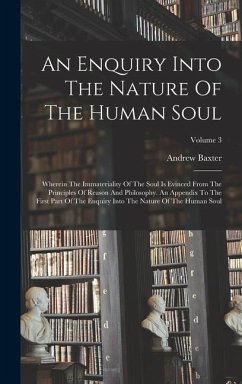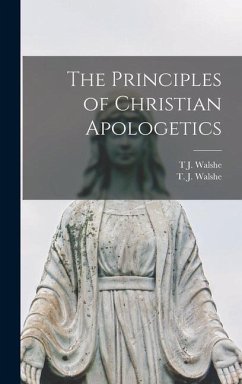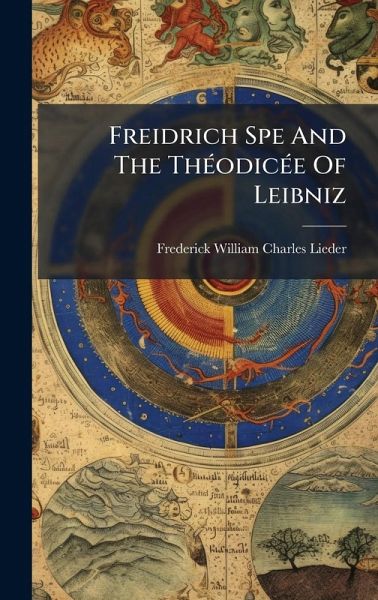
Freidrich Spe And The ThÃ(c)odicÃ(c)e Of Leibniz
Versandkostenfrei!
Versandfertig in über 4 Wochen
28,99 €
inkl. MwSt.

PAYBACK Punkte
14 °P sammeln!
This work explores the intersection of the philosophical theodicy developed by Gottfried Wilhelm Leibniz and the practical concerns of Friedrich Spee, a Jesuit priest known for his opposition to witch trials in the 17th century. "Freidrich Spe And The Théodicée Of Leibniz" delves into how Leibniz's attempts to reconcile divine goodness with the existence of evil might have resonated with Spee's efforts to mitigate the injustices of the witch hunts. The book examines the historical and intellectual context of both figures, shedding light on their contributions to philosophy, theology, and soc...
This work explores the intersection of the philosophical theodicy developed by Gottfried Wilhelm Leibniz and the practical concerns of Friedrich Spee, a Jesuit priest known for his opposition to witch trials in the 17th century. "Freidrich Spe And The Théodicée Of Leibniz" delves into how Leibniz's attempts to reconcile divine goodness with the existence of evil might have resonated with Spee's efforts to mitigate the injustices of the witch hunts. The book examines the historical and intellectual context of both figures, shedding light on their contributions to philosophy, theology, and social justice. It offers insights into the intellectual climate of early modern Europe and the ongoing struggle to understand the problem of evil. This work has been selected by scholars as being culturally important, and is part of the knowledge base of civilization as we know it. This work was reproduced from the original artifact, and remains as true to the original work as possible. Therefore, you will see the original copyright references, library stamps (as most of these works have been housed in our most important libraries around the world), and other notations in the work. This work is in the public domain in the United States of America, and possibly other nations. Within the United States, you may freely copy and distribute this work, as no entity (individual or corporate) has a copyright on the body of the work. As a reproduction of a historical artifact, this work may contain missing or blurred pages, poor pictures, errant marks, etc. Scholars believe, and we concur, that this work is important enough to be preserved, reproduced, and made generally available to the public. We appreciate your support of the preservation process, and thank you for being an important part of keeping this knowledge alive and relevant.



